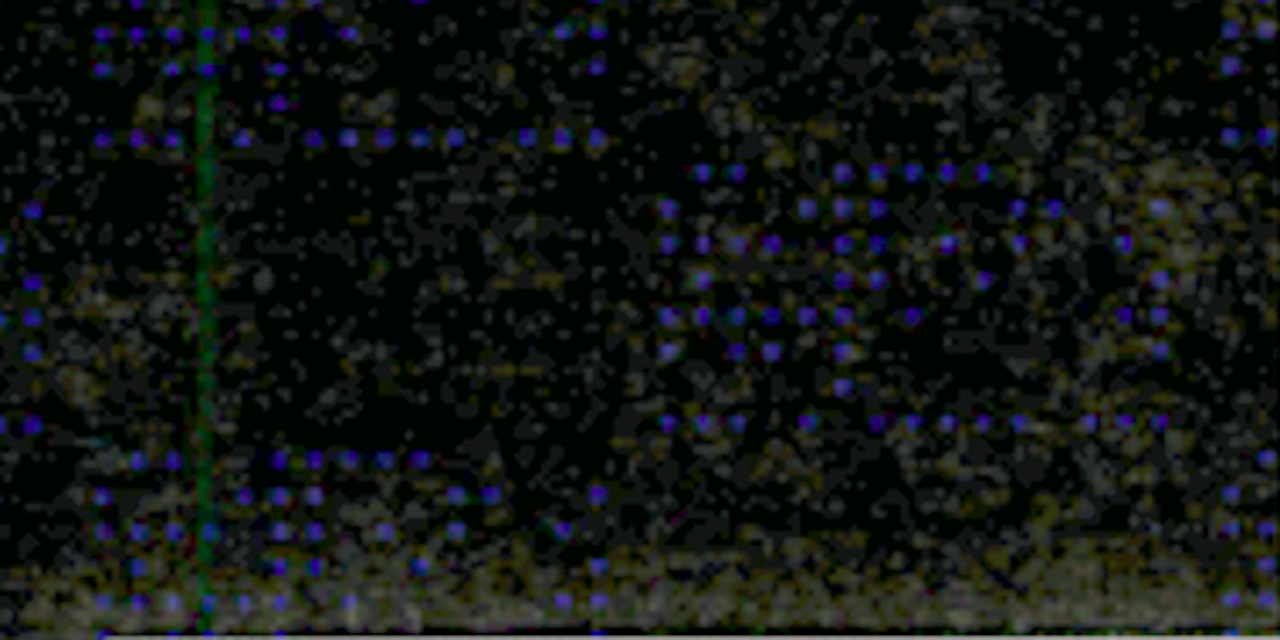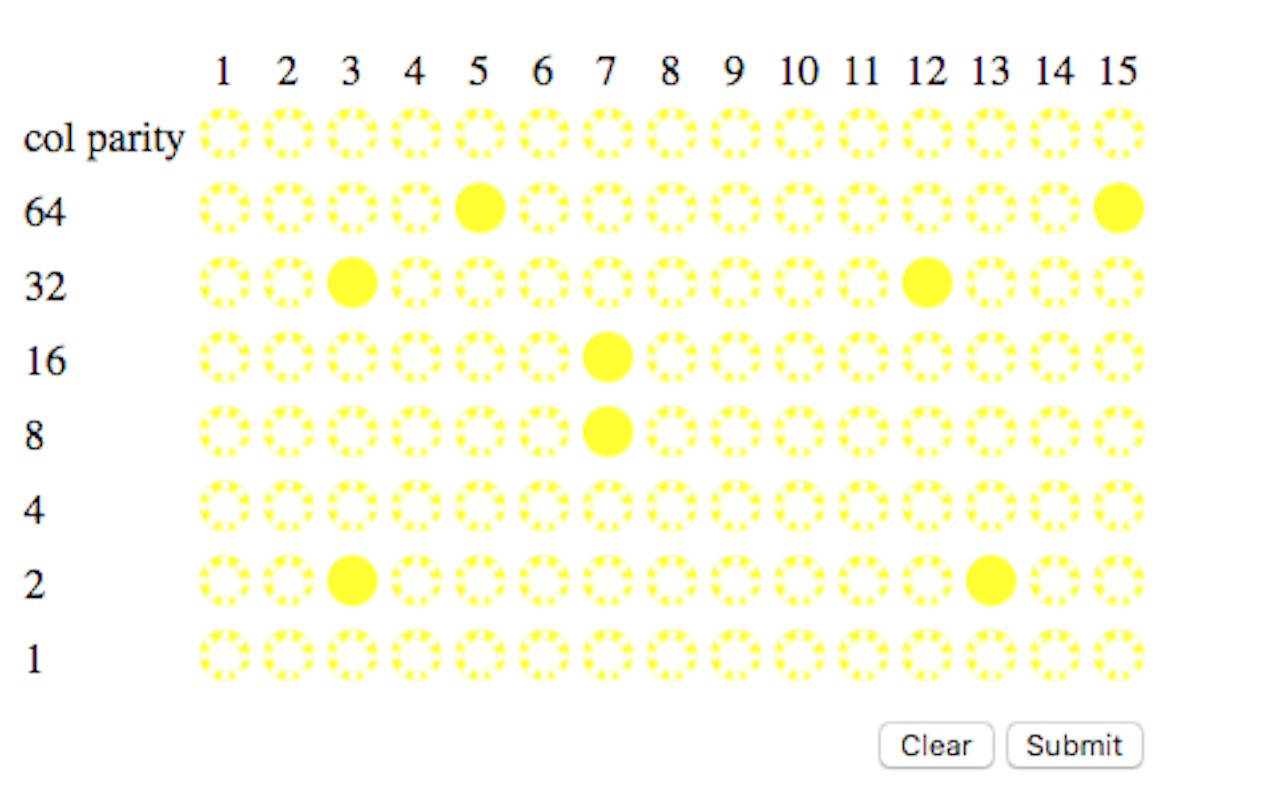In The Lives of Others, a movie about the radicalization of a playwright living under Communist rule in East Germany, a key plot point revolves around identifying what type of typewriter was used to write an article by an anonymous critic of the government. Every typewriter in East Germany is registered, so an editor smuggles in a foreign one that prints in red ink. The authorities become obsessed with hunting for the red ink typewriter; if they can find the typewriter, they will find their man.
Surprisingly, this situation isn’t all that different from an incident that was in the news last week. A once secret code, invisible to the naked eye, may have been one of the markers used to identify and eventually arrest NSA leaker Reality Winner. Security researchers have theorized that Winner’s downfall could have been a small set of dots in the corner of the Top Secret analysis she printed and mailed to online news outlet The Intercept.
Microdots aren’t some super sophisticated spy technology used exclusively by agencies like the NSA or the CIA to stop leakers, but a common feature in just about every commercial printer. In fact, your printer is probably printing its own unique set of microdots into the corners of your documents without you even realizing it. Privacy advocates say the technology, pushed by the Secret Service, has negative privacy implications, and have been researching the technology for over a decade.
Seth Schoen is a longtime staff technologist at the Electronic Frontier Foundation, a digital rights advocacy group. After reading a PC World article revealing the existence of microdots in 2004, Schoen started researching. “Back in 2005 I was on TV quite a bit about this and we had radio interviews and newspaper stories,” Schoen told The Outline. “And still it’s sort of like, a lot of people are saying they're hearing about it for the first time.”
With the help of an intern, Schoen went to Kinko’s locations all over San Francisco and printed out pages. Using a microscope, Schoen would magnify the corner of the pages he printed out to reveal a rectangular grid of yellow dots. “I was able to tell which Kinko’s a print was from because it was clear that the patterns were different, but relatively consistent within a particular printer,” Schoen says. “So I had this idea. Maybe to dramatize the privacy implications we could have people go to every Kinko’s in the country and then they could send us a sample.”
Just by using a microscope on a document, Schoen could tell which Kinko’s in San Francisco it was printed from, but he wondered if he could determine the origin of any Kinko’s printed document in the country. EFF fans began heading out to their local Kinko’s and mailing Schoen their documents. Thanks to a volunteer who came into the EFF office to help analyze the patterns, they were able to realize the dots were just a binary code set in a grid. Not only that, but that these dots signified the printer’s serial number, as well as the date and time the document was printed. Then Schoen created a computer program which allowed anyone to punch in the dots they found on their documents to see what data they contain.
“We actually got thousands of people sending us samples from their printers or printers that they had access to and they were coming in the mail for years,” Schoen says. “I still have a filing cabinet with... I think I've kept at least a couple of hundred of the samples.”
So this secret code can help identify what printer you used to print a document, and the exact date and time you actually printed it. “I mean it's something that's very sort of interesting and cool, but it's also something that we're unhappy about as a privacy problem that it makes it a lot harder for people to make documents or signs or flyers or books and put them out there anonymously.” Anonymous publication and pamphlet culture is a tradition that's existed in the English speaking world since the 1600s, he said. It's part of our “constitutional tradition” that people can “publish something anonymously and you don't have to put your name on it,” he said.
A version of this story was featured in our daily podcast, The Outline World Dispatch.
So then why does this technology even exist in the first place? It’s ostensibly a security feature that helps prevent counterfeiting. If you were using your home printer to make fake money, law enforcement could just analyze the microdots printed on it to get valuable information that might lead to your arrest. That’s why the Secret Service, which handles counterfeiting crimes, has pushed printer manufactures around the world to adopt this feature.
Law enforcement agencies have worked to keep the method for identifying a printer based on its microdots secret, and now some printers use an updated version of microdots that are much more complex and spread across the page. That code has yet to be cracked.
That call resulted in a visit from the Secret Service.
“There was kind of a disturbing moment back in 2005 when someone who read our website called the printer company and said ‘I want to know how to turn [microdots] off,’” Schoen says. That call resulted in a visit from the Secret Service. It seemed nobody had really called a printer manufacturer about this issue, and calling up to ask how to turn off what manufacturers see as anti-counterfeiting technology might be slightly suspicious.
“But you know I found it pretty disturbing that this was just someone who cared about privacy and then he ended up getting interviewed by the Secret Service,” Schoen says. “I assume this right now, that the companies have some awareness that the technology is somewhat unpopular.”



